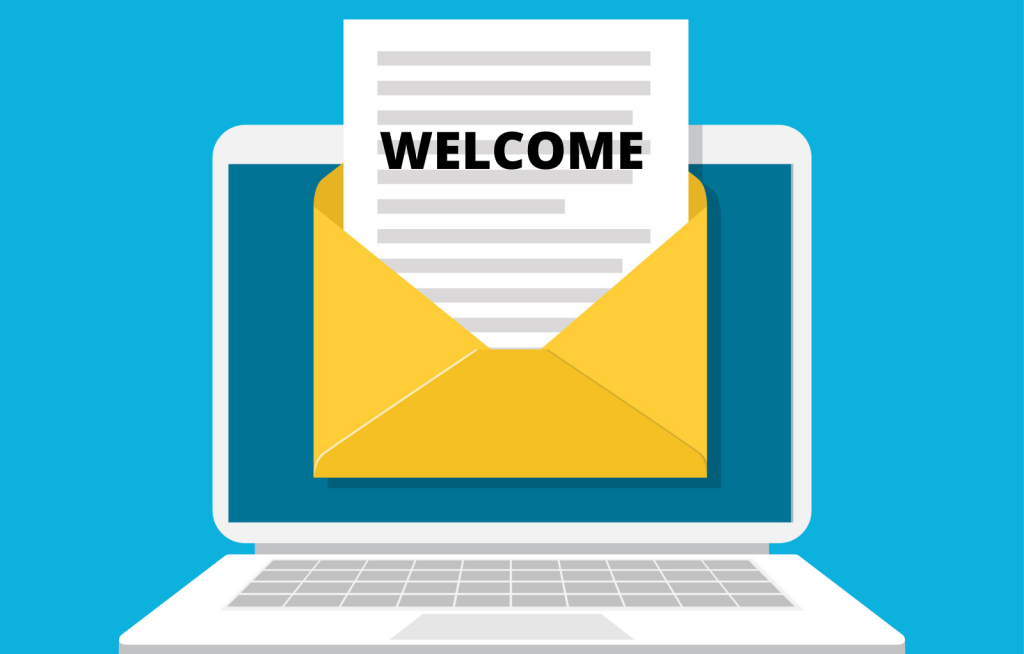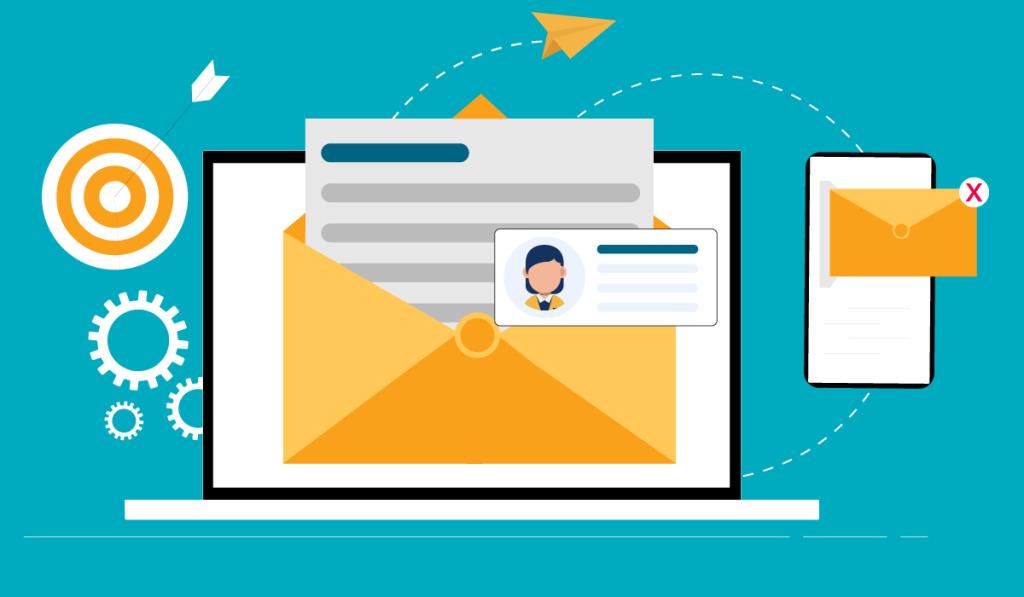
Introduction to Email Marketing
Email marketing is a core component of digital marketing that involves sending targeted messages via email to a group of subscribers or customers. It is used to promote products, services, brand awareness, and customer engagement. With a high return on investment (ROI) and the ability to personalize content, email marketing remains one of the most cost-effective and direct ways to reach and retain customers in the digital space.
What is Email Marketing?
Email marketing refers to a digital marketing strategy that uses email to promote business offerings and build relationships with potential or existing customers. The core goal is driving sales revenue through email communications. In email marketing, businesses create customized email campaigns targeted at certain subscriber lists. For example, they may send promotional newsletters or product updates to customers who have purchased before or signed up to receive such emails. The business may also acquire new email list contacts interested in their offerings to expand their subscriber base.
Types of Email Marketing
1. Promotional Emails:

These are emails focused on promoting special offers, sales, new products, or other commercial announcements to drive purchases and transactions. For example, coupon emails, sale announcement emails, or new product launch emails. They advertise the business’s latest deals.
2. Newsletters

Newsletters are regular, recurring emails that provide new and updated content like articles, company news, blog summaries, tips, or other useful information to subscribers. Rather than directly promoting products, they aim to build engagement.
3. Welcome Emails:

Welcome emails are some of the most important emails sent. They are the first email contact when a person signs up and sets the tone of the subscriber relationship. Well-crafted welcome emails introduce the business, highlight subscription benefits, and start subscriber engagement.
4. Cart Abandonment Emails

When customers add items to an online shopping cart but don’t complete the purchase, cart abandonment emails remind them to return and check out. These transactional emails recover lost sales from shoppers needing an extra prompt to buy.
5. Customer Re-engagement Emails:

These emails target subscribers who have been inactive for some time by re-engaging with them in an attempt to bring them back for repeat business. Tactics may include sending promo codes, linking to the newest content, or showcasing recently added inventory.
6. Onboarding Drip Campaigns:

These nurture new subscribers by sending helpful orientation content over their first thirty, sixty, or ninety days. The onboarding series covers topics, like frequently asked questions, product tutorials, sizing guides, user community details, or member benefits to aid in getting started.
7. Holiday or Event Emails:

These capitalize on major holidays, events, or cultural moments to send relevant communications. For example, Independence Day sales emails, Mother’s Day gift ideas emails, or event promotion emails around occasions like music festivals or industry tradeshows. They tie into seasonal moments.
8. Ratings and Reviews Emails:

These requests satisfy customer reviews or star ratings post-purchase. The feedback allows businesses to monitor satisfaction and improve products. Review emails tend to see high open rates as customers want to share evaluative input.
Process of Email Marketing
1. Define your Audienc
Clearly define your target audience by developing customer personas. Analyze your current customer base to determine key demographics like location, age, income level, gender, occupation, etc. Group them by common interests and behaviors. Get very specific in terms of their unique preferences and needs to shape content that resonates with them.
2. Establish your Goals
Decide on the purpose and goals of your email campaigns. Are you aiming to drive traffic, generate leads, increase sales, boost customer engagement, and promote brand awareness? Set specific KPIs related to your objectives, such as email open rates, click-through rates, conversion rates, revenue metrics, or subscribers gained.
3. Create your Email List
Build your list through methods like offering opt-in forms on your website, blog, or social channels, capturing leads at in-person events and promotions, and through strategic list acquisition and partnerships. Focus on acquiring email contacts within your target personas. Incentivize subscribers.
4. Pick an Email Campaign Type
Select campaign categories that align with audience preferences and business goals. Campaign types include promo emails, content newsletters, win-back offers, post-purchase follow-ups, holiday themes, and more. Map a campaign calendar to your KPIs with campaigns scheduled.
5. Make a schedule
Build an email cadence and systematic schedule for how often to send emails to each segment—weekly, monthly, etc. Welcome new subscribers with an onboarding drip series. Leverage automation tools to schedule recurring campaigns like win-back offers. Maintain a sense of exclusivity and anticipation without fatigue.
6. Measure your Results
Link the email platform to Google Analytics and add campaign UTM tracking to monitor performance. See what emails drove the most website traffic, subscriber growth, and sales to double down on those while reworking laggards.
Benefits of Email Marketing

1. High ROI (Return on Investment)
- According to industry reports, email marketing delivers an average ROI of $36–$42 for every $1 spent.
- It’s cost-effective, especially for small businesses.
2. Targeted and Personalized Content
- Emails can be customized based on customer data (name, location, past purchases).
- Segmentation allows you to tailor content to specific groups, increasing relevance and engagement.
3. Builds Strong Customer Relationships
- Regular newsletters and promotional emails keep your brand top of mind.
- Helps nurture leads and maintain engagement with current customers.
4. Measurable Results
- Email platforms provide metrics such as open rate, click-through rate, and conversions.
- Enables continuous optimization of campaigns based on real-time data.
5. Automatable and Scalable
- Email sequences and workflows can be automated to respond to user behavior.
- Easily scaled to reach thousands of subscribers with consistent messaging.
6. Owned Media Channel
- Unlike social media platforms, you own your email list.
- Not subject to algorithm changes or third-party platform decisions.
7. Mobile-Friendly and Accessible
- Responsive email designs ensure that content looks good on all devices.
- Most consumers check their email daily, often on mobile.
8. Drives Traffic and Conversions
- Effective at driving traffic to websites, blogs, and landing pages.
- Great for promoting products, events, and special offers.
Current Trends in Email Marketing

1. Personalization and Hyper-Segmentation
Using user data to tailor content to specific preferences, behaviors, or demographics.
2. AI and Automation Integration
Automating workflows, subject line generation, and send-time optimization using AI tools.
3. Interactive Email Content
Incorporating elements like polls, carousels, GIFs, and clickable content for engagement.
4. Mobile-First Design
Ensuring emails are responsive and readable on mobile devices.
5. Privacy and Data Protection Focus
Adjusting strategies to comply with GDPR, CCPA, and other regulations.
4. Future of Email Marketing

1. AI-Driven Personalization at Scale
Advanced machine learning models predicting user needs and behaviors.
2. Integration with Omnichannel Marketing
Emails working in harmony with social media, SMS, and push notifications.
3. Predictive Analytics and Behavior-Based Campaigns
Sending emails based on real-time behavioral triggers and lifecycle stages.
4. Visual and Voice Integration
Emerging formats like AMP for Email and voice-activated email via smart assistants.
5. Sustainable and Ethical Email Marketing
Focusing on consent-based marketing, value-driven content, and email sustainability.
Best Practices to Stay Ahead
- Clean and update email lists regularly
- Focus on valuable, user-centric content
- Test and optimize subject lines, design, and CTAs
- Monitor analytics and adapt strategies continuously
Conclusion
Email marketing can be super helpful for connecting with customers and growing a business when done right. With the perfect foundation built on customer needs, creativity, and constantly optimizing based on data, an email marketing program can be a game-changer. By understanding the dynamics and employing best practices, businesses can leverage the strengths of email marketing while mitigating its drawbacks. Ultimately, a well-executed email strategy will have the potential to promote meaningful connections, drive sales, and fortify brand loyalty.